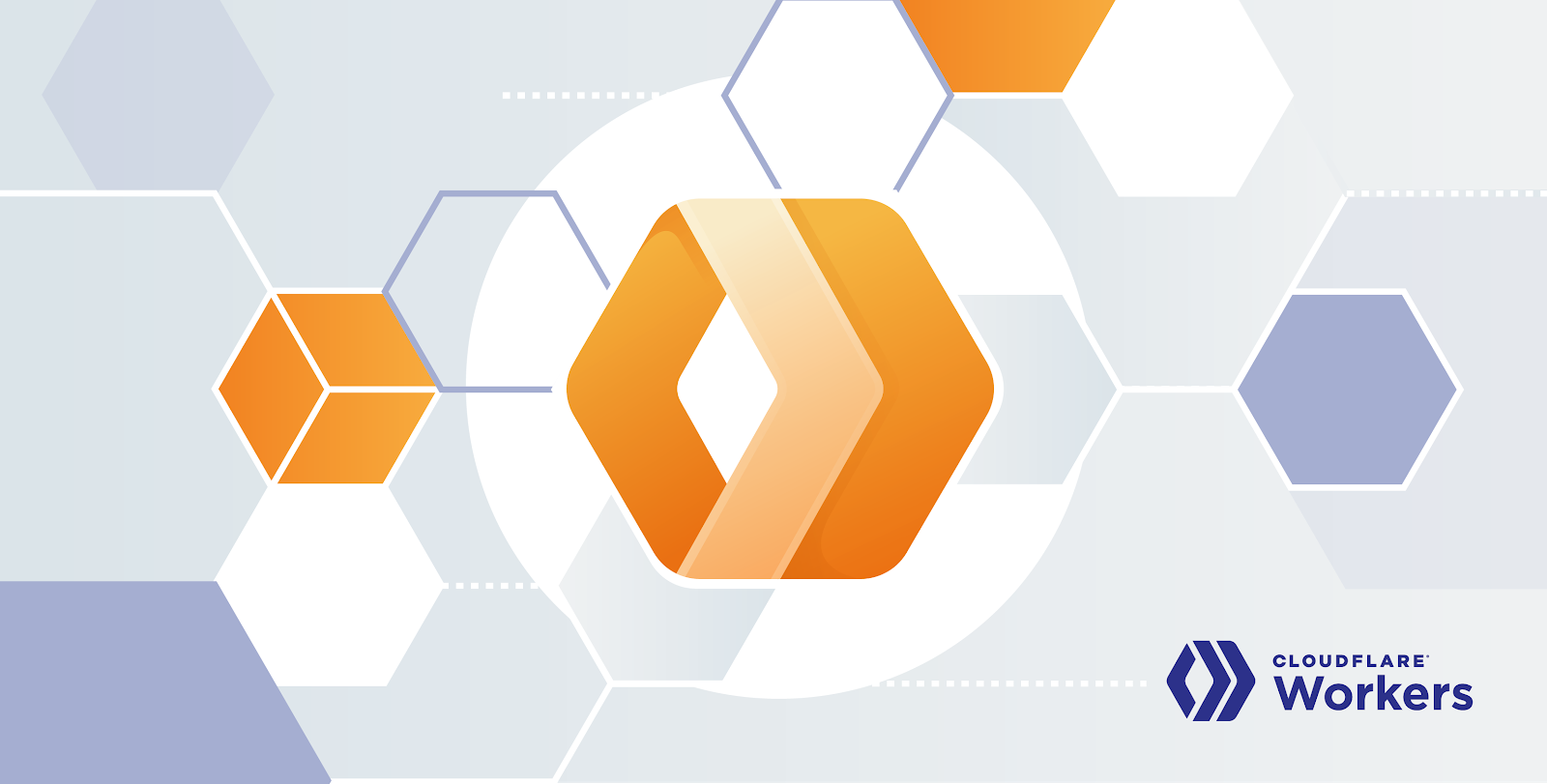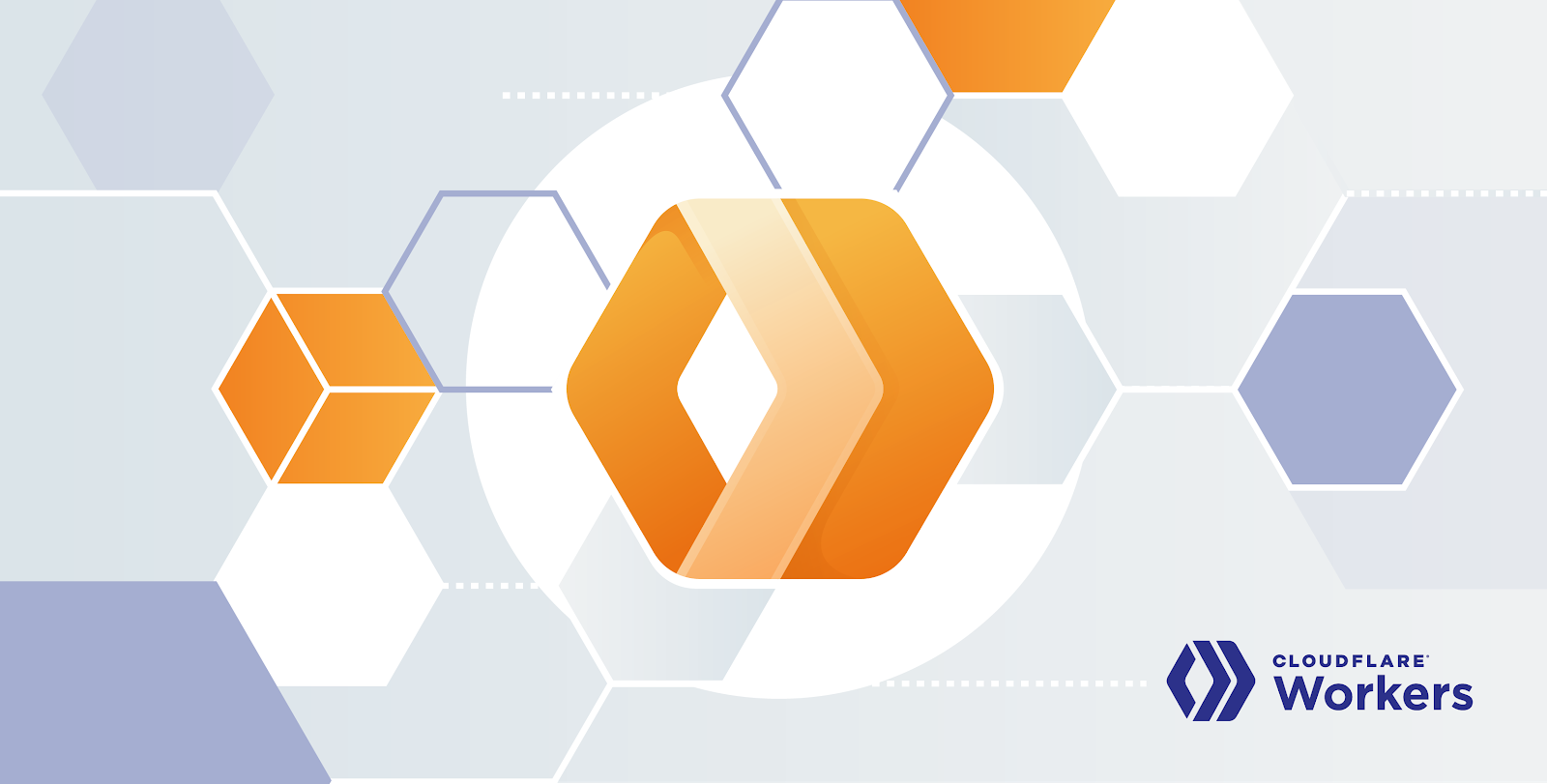The Week in Internet News: The Digital Divide During a Pandemic

The great divide: The continuing digital divide in the U.S. is hurting people as they try to shop, attend school, and work during the coronavirus pandemic lockdown, The Guardian says. Broadband Now estimates that 42 million U.S. residents don’t have Internet access, and M-Lab says that the majority of residents in 62 percent of the counties across the U.S. don’t have adequate broadband speeds.
The struggle is real: Meanwhile, students in rural Alabama are struggling to complete their schoolwork because a lack of Internet access, according to an Associated Press story at Enewscourier.com. In nine Alabama counties, less than 30 percent of the population has access. “We don’t want to leave 20 to 30 percent of our population behind just because of where they live,” said John Heard, school superintendent in Perry County.
The good news: Even with many people across the world working from home or attending school from home, the Internet is holding up, ZDNet reports. Fastly, an edge cloud computing provider, found that in the hard-hit New York and New Jersey area, Internet traffic jumped by nearly 45 percent in March, but download speeds decreased by less than 6 percent. In California, traffic Continue reading



